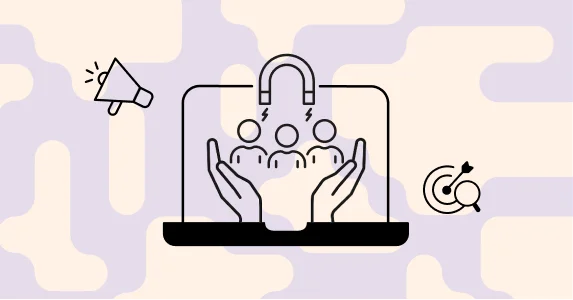In today’s dynamic retail landscape, simply offering quality products isn’t enough. Customers expect more—they crave meaningful connections, hyper-personalized experiences, and seamless interactions across every touchpoint.
You may already be offering personalized service with in-store associates, curating exclusive products, or designing an inviting ambiance. But here’s the question:
What else can you do to truly stand out, engage customers at scale, and stay top-of-mind long after they’ve left your store?
That’s where technology steps in.
From predictive analytics to AI-driven messaging and real-time behavior tracking, today’s most successful retail brands are using tech not just to sell, but to build relationships. As a retail professional, understanding and implementing these modern customer engagement strategies is no longer optional—it’s the key to driving loyalty, increasing repeat purchases, and future-proofing your business.
What Is Retail Customer Engagement?
In simpler terms, customer engagement in retail is the interaction between retail brands and end customers. The engagement level of customers is directly proportional to the meaningful and personalized experiences that brands offer them. Efficient and effective engagement strategies include consumer-driven marketing strategies, loyalty programs, social media interactions, customer service, and more.
The ultimate goal for retailers is to build strong relationships that increase repeat purchases, foster customer loyalty, and cultivate brand advocates.

Why is Customer Engagement in Retail Important?
Engaged customers are more likely to:
- Make repeat purchases: They trust your brand and are satisfied with their experiences.
- Provide valuable feedback: Engaged customers are more willing to share insights that can help improve your offerings.
- Advocate for your brand: They become brand ambassadors, recommending your products to others.
- Increased customer satisfaction: A good customer engagement strategy can differentiate a brand from its competitors. Brands that engage their customers create more satisfaction, as customers feel understood and valued. This increases the overall brand reputation, goodwill and ultimately customer engagement in retail.
Higher customer retention rates
Customer loyalty is not acquired but earned. For brands to increase customer retention rates, they must ensure a competent product and a more incredible experience to stay in this crowded market. It costs five times more to attract a new customer than to retain an existing one. So why not invest smartly for a better return on investment?
According to a study by Zendesk, companies that prioritize customer engagement see higher customer satisfaction rates and increased revenue growth.
Benefits of Implementing a Customer Engagement Strategy in Retail
Implementing a robust customer engagement strategy offers several advantages:
- Enhanced Customer Loyalty: Personalized experiences make customers feel valued, fostering loyalty.
- Increased Sales: Engaged customers are more likely to make additional purchases and try new products.
- Improved Customer Insights: Regular interactions provide data that can inform business decisions.
- Competitive Advantage: A strong engagement strategy differentiates your brand in a crowded market.
15 Effective Strategies to Improve Retail Customer Engagement
1) Personalization
Personalization has a strong positive impact on customers. Ensuring that customers find the brand communication relatable can go a long way. Utilize customer data to tailor experiences, from product recommendations to personalized emails. Tools like Netcore’s Segment Agent can help analyze customer behavior and preferences.
Marketers have optimal access to customer data at various touchpoints in their marketing communications. Making the best use of such information should be one of the goals to keep customers attracted to the brand. Tracking and analyzing customer data to understand their choices, previous purchases, and browsing history can help marketers make the right decisions while targeting their customers.
For instance, a brand that takes note of customer birthdays, anniversaries, and special occasions to offer special discounts is one way to say, “We care.”
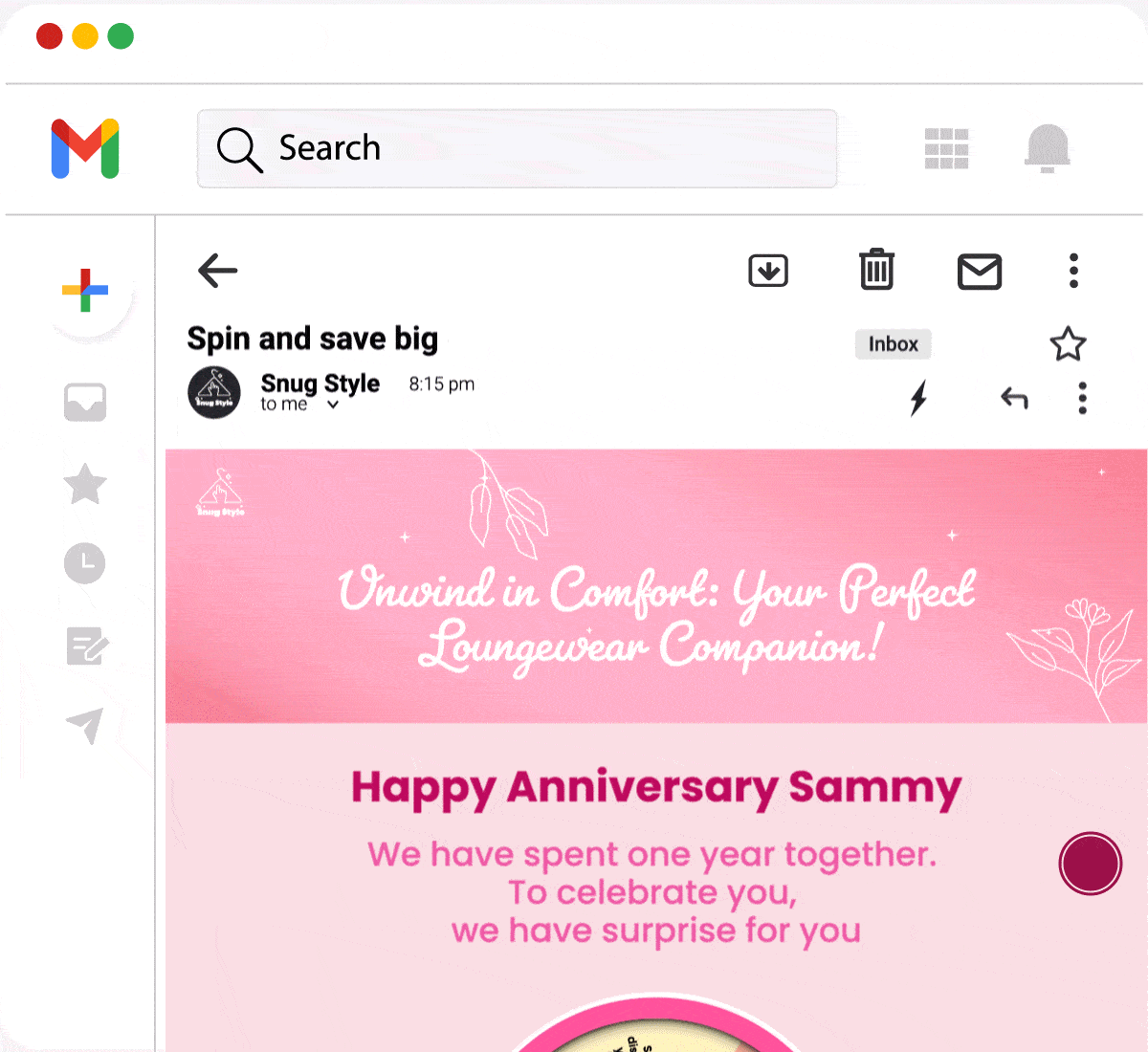
2) Omnichannel Engagement
Customers engage with marketing communications when they find them interesting, but converting that interest into a purchase can be challenging. Brands should use omnichannel marketing to engage customers. This will help guide them through the buying process as attention spans are shorter now. Ensure a seamless experience across all channels—online, in-store, mobile apps, and social media. Consistency in messaging and service builds trust and convenience.
3) Product Discovery and Search
Customers need the right support and guidance during their shopping journey, whether online or offline. Visual search allows customers to upload images and receive accurate product recommendations that simplify buying.
Using an advanced tool, the AI algorithms analyze demographics, browsing behavior, recent purchases, and affinities for each shopper to better understand shopper intent and dynamically curate results to show products that the shoppers are most likely to buy.
4) Strong presence both online and offline
Marketers are well acquainted with different customer behaviors. Some customers might just buy any product that boosts their confidence online. While some might check the product online, give it a try offline, and then complete their purchase journey.
Hence, effective customer engagement in retail requires syncing your online and offline offerings to ensure a richer experience for all. This increases the chances of customers making more purchases during offline visits. For eg: Chanel launched a chic Summer Club Fragrance & Beauty pop-up at Istanbul Airport’s International Departure Terminal. Travelers explored Chanel’s complete fragrance and beauty range—including summer essentials and in-house services—set against a Riviera-inspired backdrop of coral, pink, and gradient sea-toned hues.

5) Social media engagement
Brands must have a solid social media presence as customers are more active online and respond to content like never before. Brands should use social media with a strong customer engagement strategy to connect with customers effectively.
Once you’ve captured customers’ attention with relatable and compelling content, they’re more likely to share it with their network. This not only extends the brand’s reach but also reinforces its positive standing in their eyes, keeping the brand in their good graces. For instance, GoPro encourages customers to share their adventures using GoPro cameras, creating a vast library of user-generated content that showcases the product’s capabilities.

6) Inbox Commerce
Inbox commerce embraces the power of channels like AMP and Whatsapp and facilitates ecommerce transactions directly within the message inbox. This can foster stronger connections with customers by raising the bar of convenience and ease, thereby enhancing customer engagement in retail. It acts as a catalyst for marketers to drive higher conversions and revenue.
Campaigns with personalized content based on customer profiles and previous purchases or preferences help marketers improve overall campaign performance and improve customers’ shopping experiences.

7) Interactive Nudges and Walkthroughs
Every marketer should leverage nudges and interactive walkthroughs to guide their users. This can help your customers navigate an app or website with contextual nudges and tutorials, ensuring they understand how to use your product effectively from the start. Hence, there are no turn-offs or confusion regarding the user experience. Netcore Cloud offers contextual nudges that can be used on kiosks at your retail store when order is left incomplete by the customer by nudging them where they dropped off. This not only accelerates the purchases but also solves the problem of in-store staff support requirements.
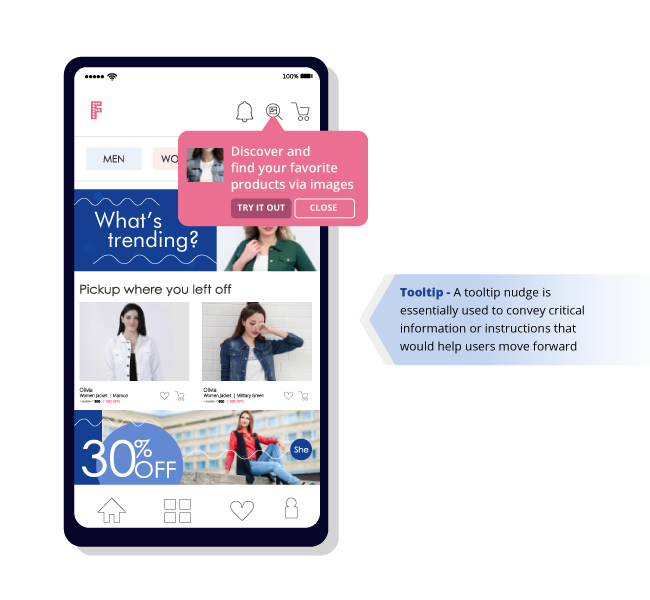
8) Gamification
Incorporating game-like elements, such as challenges, badges, spin the wheel, and many other new ways of engagement, can give customers an extra push to buy while keeping their inner child alive.
Duolingo uses gamification to reward users with badges and reward streaks, which can be redeemed for in-app rewards.
9) Customer Experience
The customer’s experience in their shopping journey is the deciding factor for any further action. Think of it this way: You were impressed by the product and its features, so you decided to purchase it immediately. However, the purchasing process wasn’t as smooth as expected, so you decided to put it off and revisit it later. Are you 100% sure you’ll come back to it? Still trying to figure it out, right?
Similarly, small things can make a significant difference. Websites need to boost sales and keep customers. The checkout process must be simple.
Returns should be hassle-free. Good after-sale support is important. Customers also need quick answers to their product questions. Most importantly, relevant content through omnichannel marketing also enhances customer engagement in retail.
10) Proactive Communication
Customers highly appreciate brands taking an extra effort to send them proactive communication, in the sense that they have understood their likes and dislikes. Brands have an opportunity to enhance customer engagement in retail by targeting their audience based on affinity and propensity models.
Affinity can be inclination towards a particular brand/product/category or be it price/discounts. Propensity is the probability of a customer making a purchase. Such segmentations can create the right buckets for sending targeted and personalized campaigns for higher response. Incorporate AI-driven tools like Netcore’s Content Agent to automate personalized content delivery, ensuring timely and relevant interactions.
11) Virtual Shopping Assistants
The best way to interact with your customers in real time is with the help of virtual assistants or online chat support. It solves the purpose of being proactive and understanding customer requirements well. Given the details on the customer page visits and the feedback over the chat box, marketers can build stronger relationships by addressing needs instantly.
Chatbots are beneficial not only during the beginning of the customer journey but also later with the after-sales support. Netcore’s Shopping Agent is an AI-powered tool designed to drive in-channel, personalized shopping experiences—especially on conversational and inbox-based platforms like WhatsApp, Email, and RCS. Its core purpose is to reduce friction in the buyer journey by enabling customers to discover, engage with, and purchase products without leaving the message interface.

12) Augmented Reality
Augmented reality is revolutionizing customer engagement in retail by creating immersive and interactive shopping experiences. This innovative technology enhances the shopping journey, making it more exciting and personalized for customers while driving sales and increasing brand loyalty for marketers.
Ikea launched its Ikea Place app to help customers virtually place furniture at home, giving them a look and feel of their future home. This elevates real-life decision-making for customers and increases their commitment to the brand.
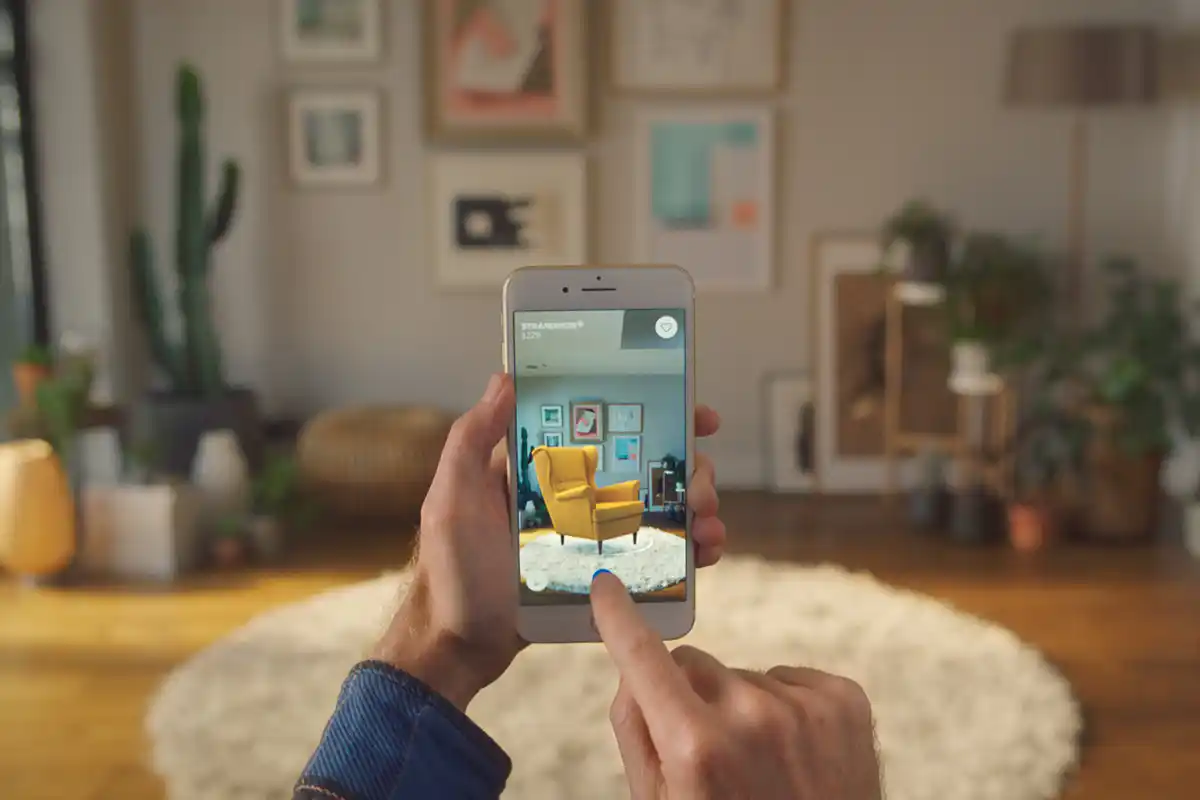
13) Regular Customer Feedback and Surveys
To understand customers’ needs and preferences better, feedback and surveys are an integral part of a successful marketing campaign. By gathering the right information, brands can make strategic decisions to improve campaign performance while prioritizing customer engagement in retail and customer satisfaction.
This is how customers feel valued and understood at every touch point. Irrespective of the feedback, this is beneficial for a marketer overall. Also, one thing to remember is that “Critics are your best friends.”
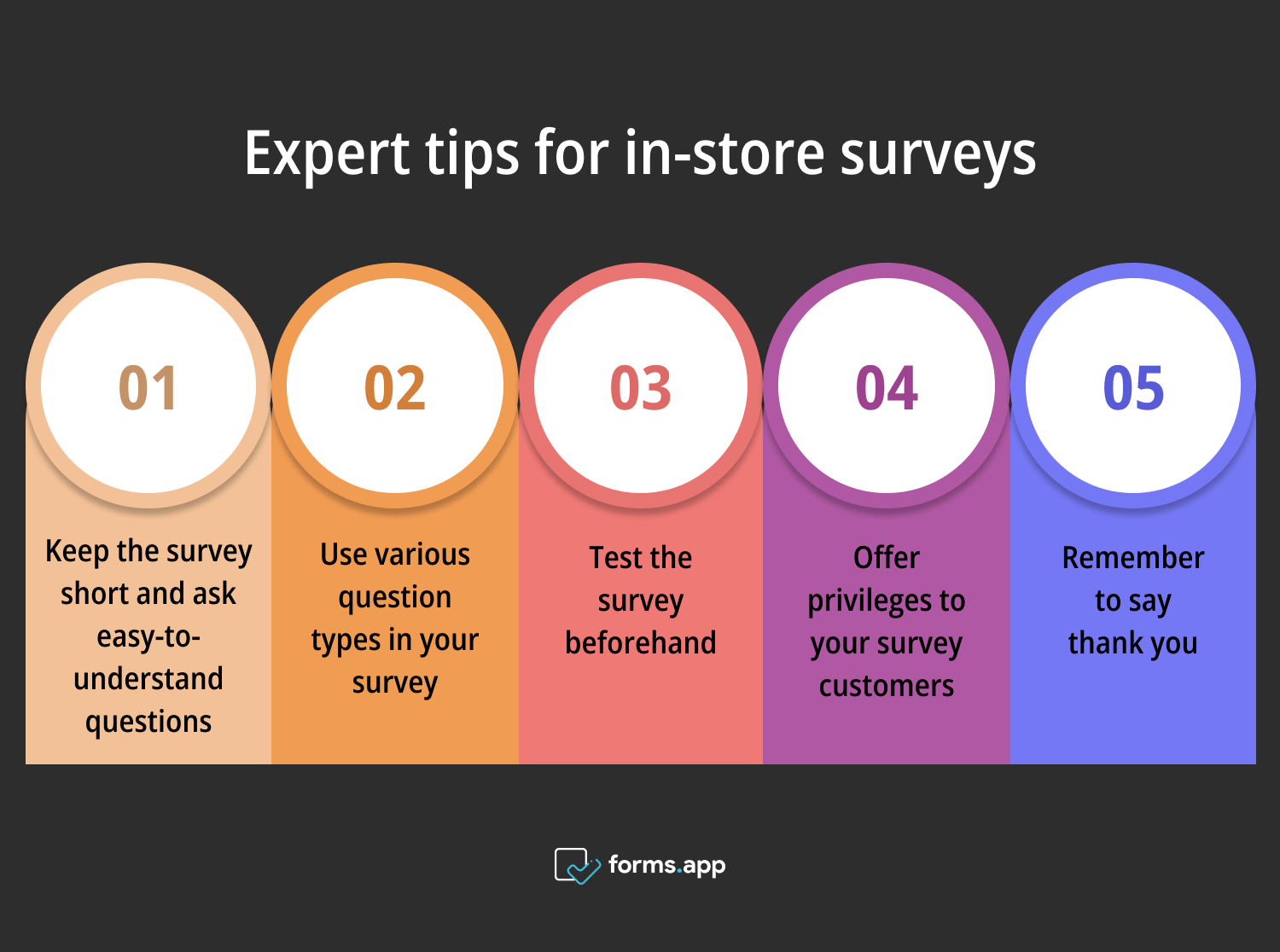
14) Sustainability
There has been a noticeable growth in the segment of environmentally conscious customers, which explains the customer inclination towards products and brands that take social responsibility into account. This could be right from your product packaging with sustainable materials to the origins of your product, the environmental impact of your supply chains, and a lot more.
If this is incorporated naturally into the brand’s overall strategy and delivery, it can easily have a very positive impact on customers and build a good brand image.
15) Loyalty Programs
Every loyal customer deserves some royal treatment in the form of incentives such as discounts, coupons, points, exclusive offers, or some special access. Marketers should promote such loyalty programs to enhance customer retention, increase sales, and strengthen brand affinity.
For example, the core of Amazon’s growth comes from its premium loyalty program, Amazon Prime. The program has been highly successful, with prime members spending twice as much as non-prime members.

Examples of Innovative Retail Customer Engagement in Action
- IKEA’s Augmented Reality App: IKEA’s app allows customers to visualize furniture in their homes using AR, enhancing the shopping experience.
- Tesco’s Clubcard Program: Tesco’s loyalty program collects customer data to offer personalized discounts and rewards, increasing customer retention.
- Ulta Beauty’s AI Integration: Ulta Beauty uses AI to personalize marketing and maintain the relevance of physical stores, enhancing customer engagement.
Conclusion
Customer engagement isn’t just a buzzword—it’s your competitive edge in a fast-changing retail landscape. With the right tech, you’re not just sending messages—you’re building relationships that drive revenue.
By adopting AI-powered, omnichannel engagement strategies, retailers see measurable growth:
- Up to 10X increase in conversions
- Up to 5X more repeat purchases
- Higher CLTV and campaign ROI
And the best part? Platforms like Netcore Cloud make this transformation seamless—with plug-and-play AI agents, minimal lift from your tech team, and full support to help you scale with confidence.
Still planning your next move? Every day without intelligent engagement is a day you’re leaving revenue on the table. I know that you might be overwhelmed by the personalization advice on the internet. But here’s the reality: most ecommerce brands don’t need more personalization tactics—they need a better personalization plan. We are here to help with exactly that.
Book your personalized demo today to:
- Get a tailored customer engagement & personalization strategy
- See real-time use cases relevant to your business
- Identify missed opportunities in your current funnel
Book My Demo Now and start turning window shoppers or browsers into loyal buyers.







